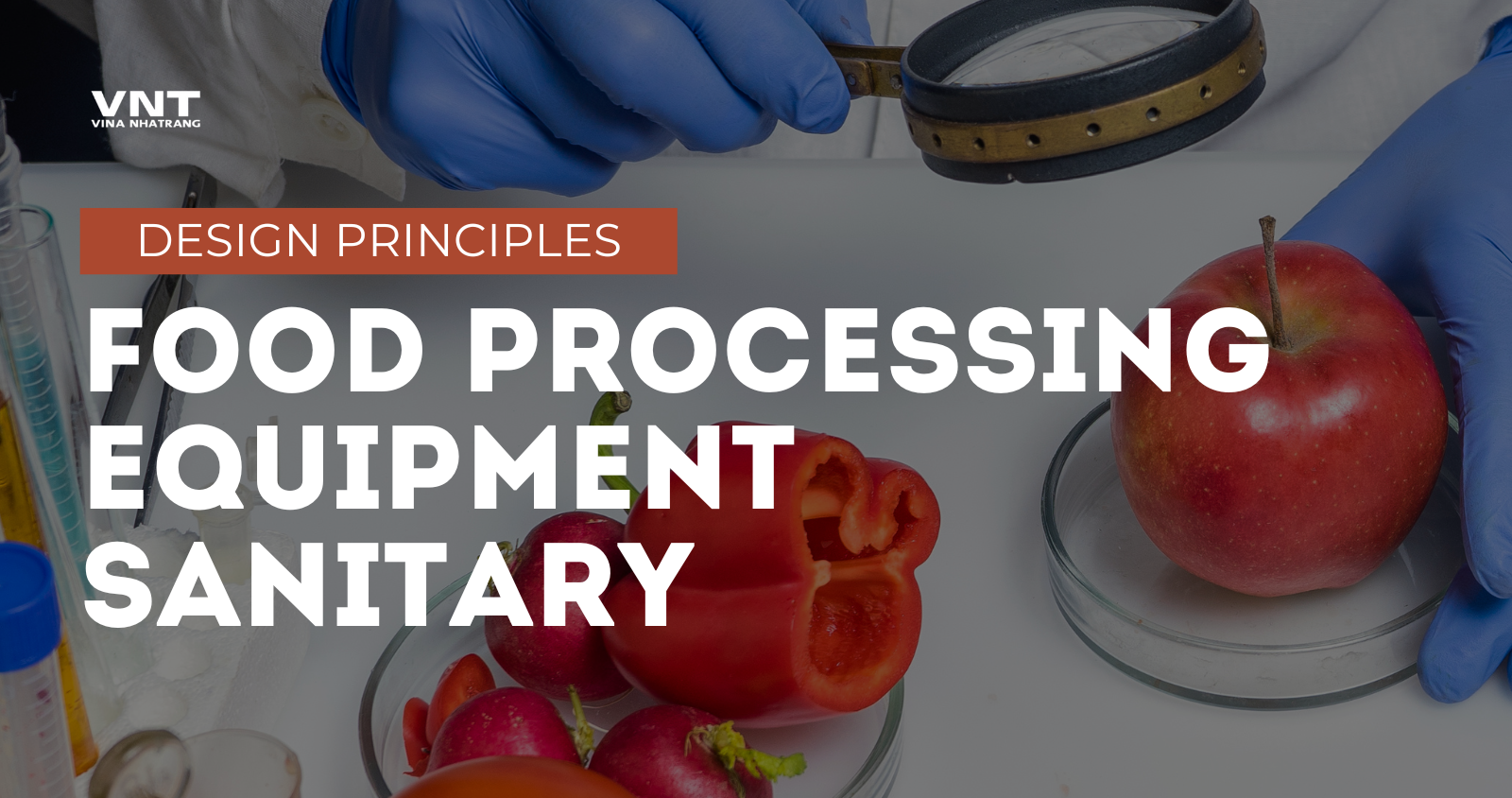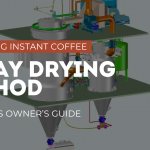Food safety begins with properly designed equipment. In the complex world of food manufacturing, the invisible threats of microbial contamination can lead to costly recalls, damaged brand reputation, and worst of all, consumer illness. Yet many manufacturers overlook the fundamental principles that should guide every equipment purchase and installation decision.
Behind every food safety success story lies equipment designed with sanitation as a non-negotiable priority. Let’s explore the critical sanitary design principles that separate world-class food operations from those constantly battling contamination issues.
The Hidden Danger in Plain Sight
Imagine investing millions in a state-of-the-art production line only to discover it harbors perfect hiding spots for dangerous pathogens. This nightmare scenario plays out more frequently than industry leaders care to admit.
When Specialty Foods Inc. (name changed) experienced repeated Listeria positives despite aggressive cleaning protocols, they were baffled until a sanitation expert identified equipment design flaws allowing biofilm formation in unreachable areas. The costly solution required production shutdown and equipment modification that could have been avoided entirely.
7 Essential Sanitary Design Principles
1. Cleanable to a Microbiological Level
Equipment must be constructed to ensure all surfaces contacting food can be thoroughly cleaned and sanitized. This means:
- Smooth, polished surfaces (typically 32 micro-inch finish or better)
- Absence of pits, cracks, or crevices
- No dead ends where product can accumulate
- Easily accessible for cleaning without disassembly
Progressive manufacturers are now demanding validation that equipment can be cleaned to a 5-log reduction of common pathogenic microorganisms.
2. Made of Compatible Materials
Materials must be:
- Non-toxic and non-absorbent
- Corrosion-resistant
- Able to withstand cleaning chemicals and temperatures
- Durable under processing conditions
Stainless steel (300 series) remains the gold standard, though certain food-grade plastics serve specific applications when properly designed.
3. Accessible for Inspection and Maintenance
Every food contact surface must be visible for inspection or easily disassembled without tools. Leading facilities now employ the “30-second rule” – if equipment takes longer than 30 seconds to access for cleaning, it likely won’t receive adequate attention during routine sanitation.
4. No Product or Liquid Collection
Equipment must be self-draining with no areas where:
- Product can accumulate
- Water can pool after cleaning
- Condensation can form and drip onto product zones
The sloped surfaces principle (minimum of 1/8 inch per foot) ensures liquids naturally flow to drains rather than creating microbial harboring points.
5. Hollow Areas Hermetically Sealed
Tubular steel framework, rollers, and supports must be completely sealed or filled to prevent internal contamination. The “tap test” (tapping equipment with a rubber mallet to check for hollow sounds) remains a simple yet effective verification method during equipment assessment.
6. No Niches or Harborage Points
Equipment must eliminate:
- Exposed threads
- Lap joints
- Dead ends
- Recessed bolts
- Rivet heads
Each of these features creates perfect hiding spots for bacteria that cleaning cannot reliably reach.
7. Validated Cleaning and Sanitizing Protocols
Equipment must have documented, proven cleaning procedures that:
- Detail specific chemicals and concentrations
- Specify time and temperature requirements
- Include verification methods
- Address disassembly/reassembly procedures
The Business Case for Sanitary Design
While sanitary design principles may increase initial equipment costs by 15-30%, the return on investment is compelling:
- 20-40% reduction in cleaning time and chemical usage
- Significantly reduced risk of recalls ($10M average cost per recall)
- Extended equipment life through reduced chemical exposure
- Higher production efficiency with less downtime
- Protection of brand reputation
Implementation Strategy: Where to Begin
- Audit Your Current Equipment: Use the principles above to score existing equipment and identify highest-risk items.
- Prioritize Modifications: Address the most critical food safety vulnerabilities first, particularly in high-risk product areas.
- Develop Hygienic Design Specifications: Create clear requirements for all future equipment purchases.
- Train Your Team: Ensure maintenance and sanitation staff understand these principles to prevent modifications that compromise sanitary design.
- Engage Suppliers: Partner with equipment manufacturers willing to certify compliance with sanitary design standards.
Food safety isn’t just about rigorous cleaning—it’s about designing systems where microbes have nowhere to hide in the first place. As regulatory scrutiny intensifies and consumers demand greater transparency, sanitary equipment design has transformed from a technical consideration to a fundamental business imperative.
Is your equipment designed to protect or potentially compromise your products? The answer could determine your company’s future.




